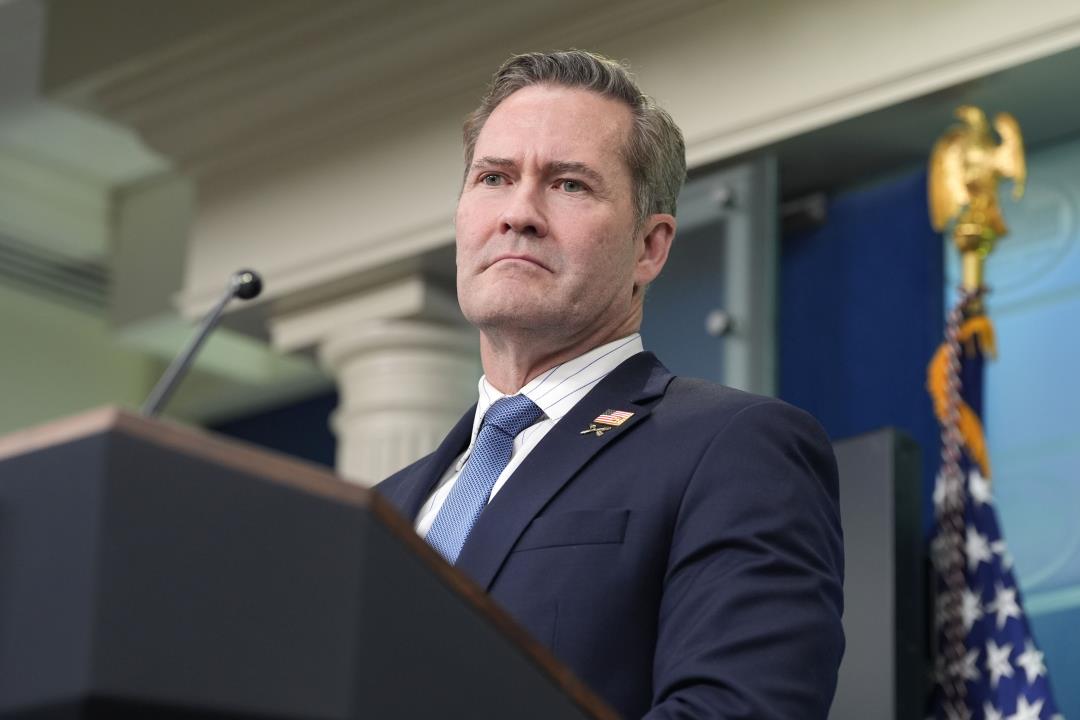Israel's Strategic Move: Can Talks Last?
Israel and Hamas stand on the brink of a crucial ceasefire, pressured by global powers. As both sides roll the diplomatic dice, obstacles deepen amid war's shadow.
Published January 07, 2025 - 00:01am

Image recovered from arabnews.com
In the fraught landscape of the Middle East, recent developments point towards a potential ceasefire between Israel and Hamas amid significant international pressure. Sources highlight that U.S. President Joe Biden and President-elect Donald Trump are exerting influence on both sides to reach an agreement before the January inauguration. This potential truce could bring an end to the 15-month long Israeli-Hamas conflict in Gaza, while facilitating the release of numerous hostages still held in the territory.
The negotiations, however, face formidable challenges. Discrepancies persist over the specifics of which hostages will be freed initially, with Israeli and Hamas officials acknowledging the difficulty due to uncertainties about the hostages' current status. Amid ongoing conflict, Hamas contends it is unsure of which captives may still be alive.
As part of the proposed ceasefire's first phase, spanning six to eight weeks, both sides are to halt hostilities. Israel would begin retreating its military presence, allowing displaced Palestinians to eventually return. In addition, Palestinian prisoners are to be released, coupled with enhanced aid distribution within Gaza. Government officials underscore the need for swift resolution, voicing concerns over mounting civilian casualties in Gaza, which according to local health authorities exceed 45,800—more than half being women and children.
The Israeli government under Prime Minister Benjamin Netanyahu expresses readiness for a phased agreement, though still rejects Hamas's full demands. Netanyahu maintains that the pursuit of a 'total victory' against Hamas, entailing the dismantling of the group's military capacities, is non-negotiable, amidst ongoing rocket fire from Gaza.
Meanwhile, discussions have widened to incorporate the broader regional context, as witnessed in Lebanon. The deployment and repositioning of Lebanese forces in Naqoura following Israeli withdrawal reflect parallel attempts at maintaining ceasefire terms. Negotiations in Lebanon also involve key international representatives, with the U.S. envoy participating in ceasefire monitoring discussions.
While these diplomatic efforts progress, community reactions highlight the continuing discontent and urgency for a comprehensive resolution to prevent further violence. Family members of Israeli hostages express vehement opposition to piecemeal agreements, fearing they leave too many vulnerable. These familial pressures amplify as Israel itself grapples with internal political dynamics that could derail current efforts.
In Naqoura, the UN peacekeeping force (UNIFIL) and Lebanese authorities continue to face accusations of Israeli violations against ceasefire agreements. The delineation of responsibilities and adherence to international law are stressed, given prior accusations where Israeli bulldozers breached UNIFIL boundaries, intensifying disputes.
The fragility of the ceasefire is further reflected in the patrols and operations seen across southern Lebanon. Meanwhile, regional actors like Hezbollah monitor from the sidelines, asserting positions that introduce more volatility into peace efforts.
This interplay of war and diplomacy underlines a shadowed yet critical juncture for peace. As regional and international stakeholders vie for resolution, lasting stability remains an elusive prize overburdened by intricate political realities and humanitarian crises.







